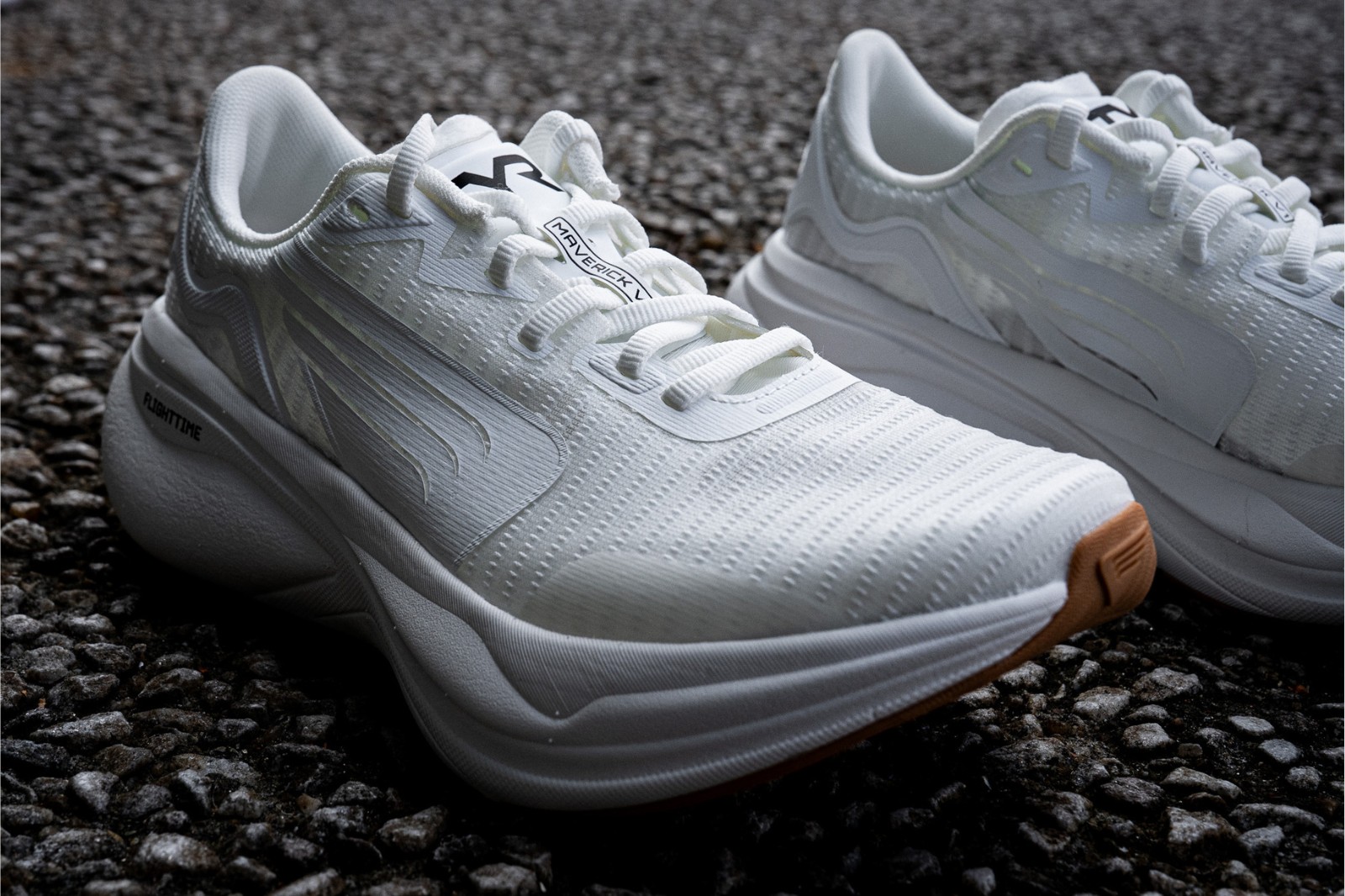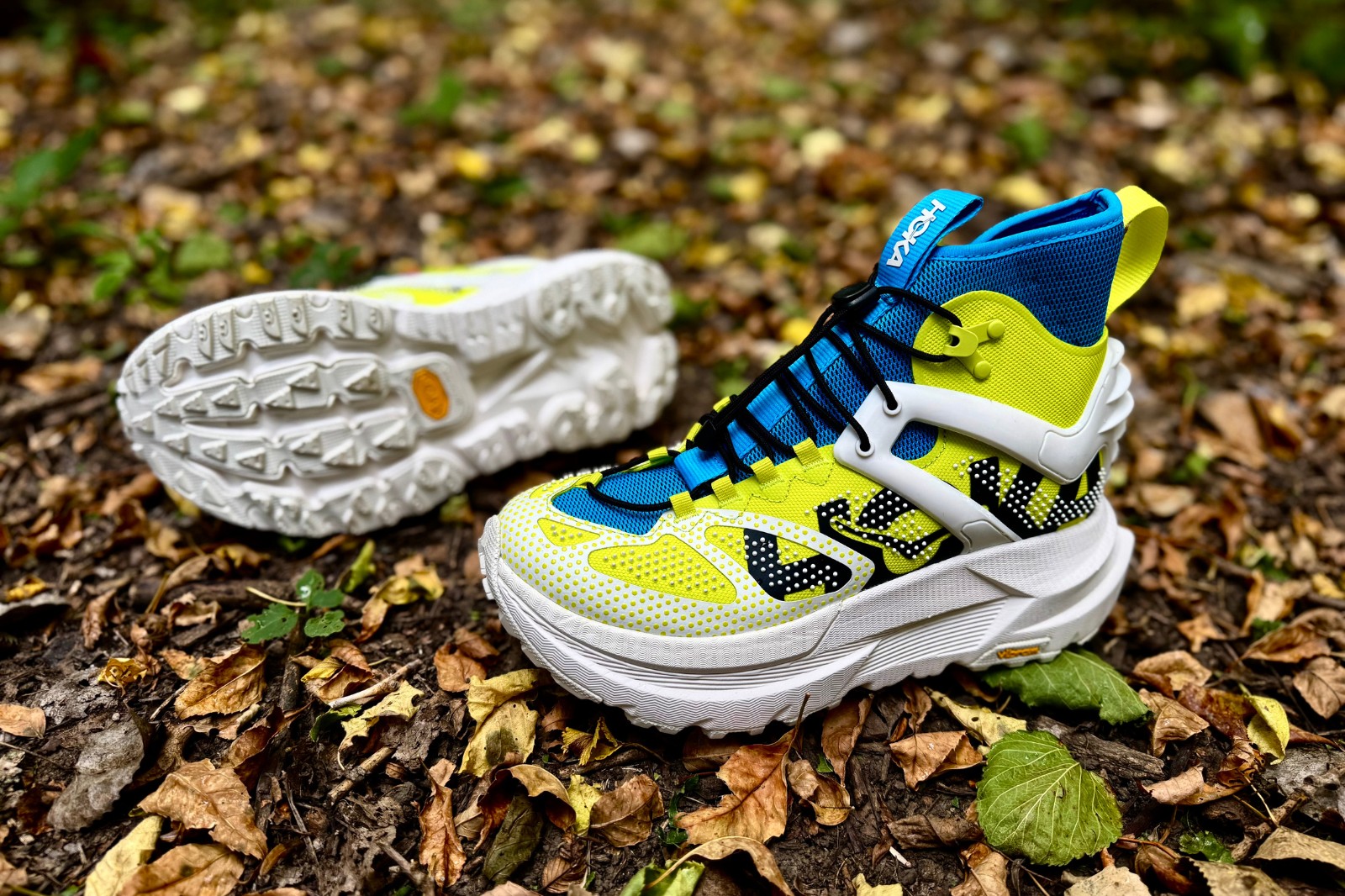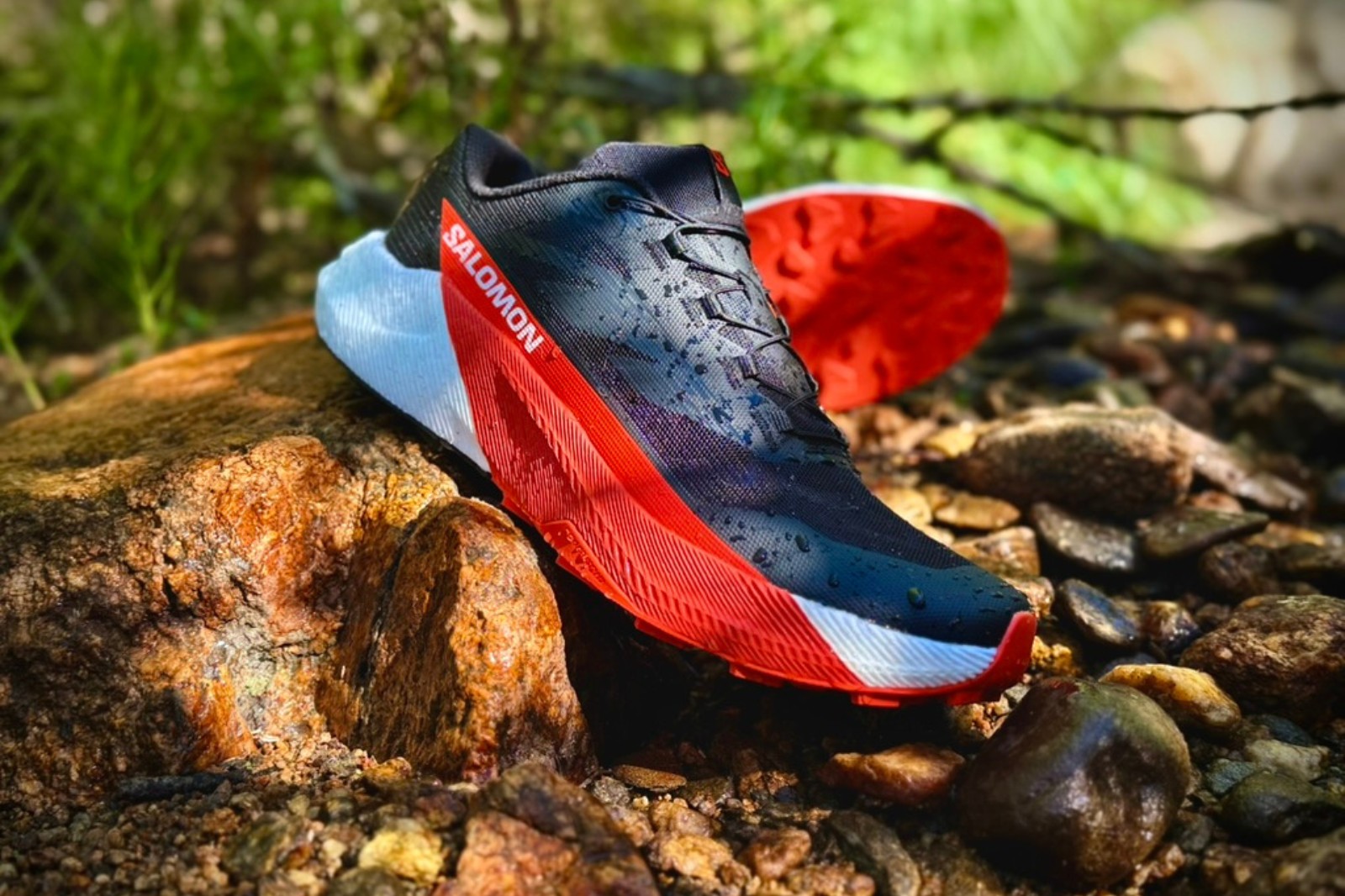
We independently review everything we recommend. When you buy through our links, we may earn a commission.
10.2 oz. (289 g) for a US M9 / 9.3 oz. (264 g) for a US W7
30 mm in heel, 24 mm in forefoot (6 mm drop)
Do-it-all mountain trainer
Energy Foam Evo midsole, All-terrain Contagrip outsole, Woven engineered mesh upper
Available now for $140















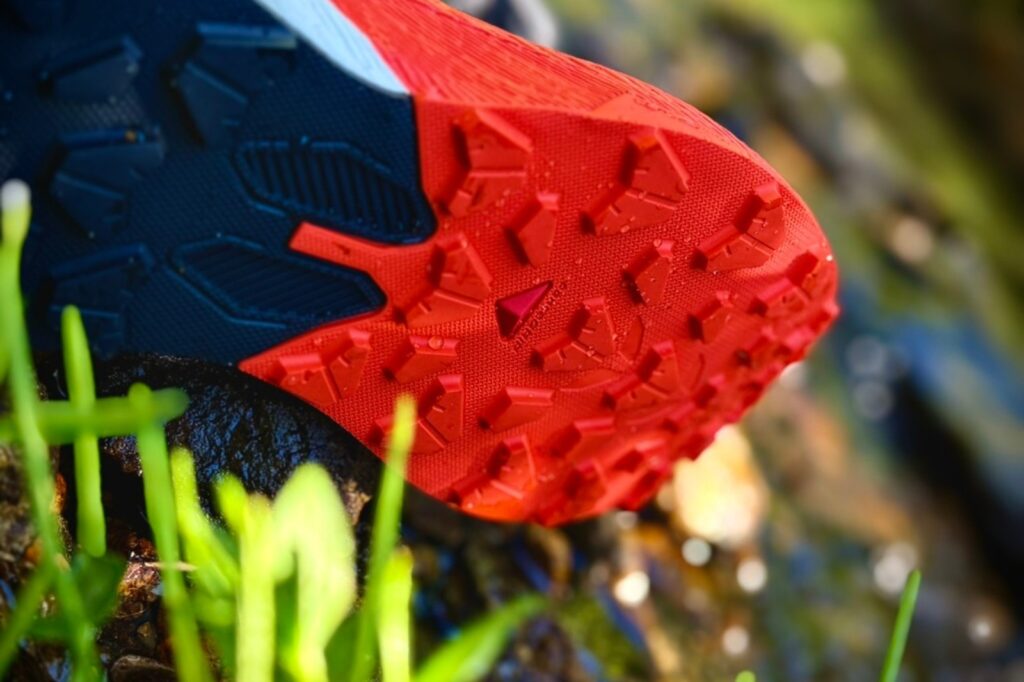
TAYLOR: Out of the box.
It was an absolutely ballsy move circa 2017. It was my first 100k (Never Summer 100k hosted by Gnar Runners), but I needed something better than the shoe I had, so I was willing and hoping that the shoe I picked would be the right fit for me.
The model was a brand-new one from Salomon. I needed to replace my beat-down and blown-out Salomon Sense Pro 2, where half of my toes would literally pop out from the upper on hard right-hand turns. I needed something a little more runnable and something that could manage the distance.
Times were different then. A “protective” shoe in that day was at least 10 mm lower stack than our superfoam heroes of today. However, this new shoe had a slightly higher stack and ensured a more versatile use. Can anyone guess which trail trotter I chose?
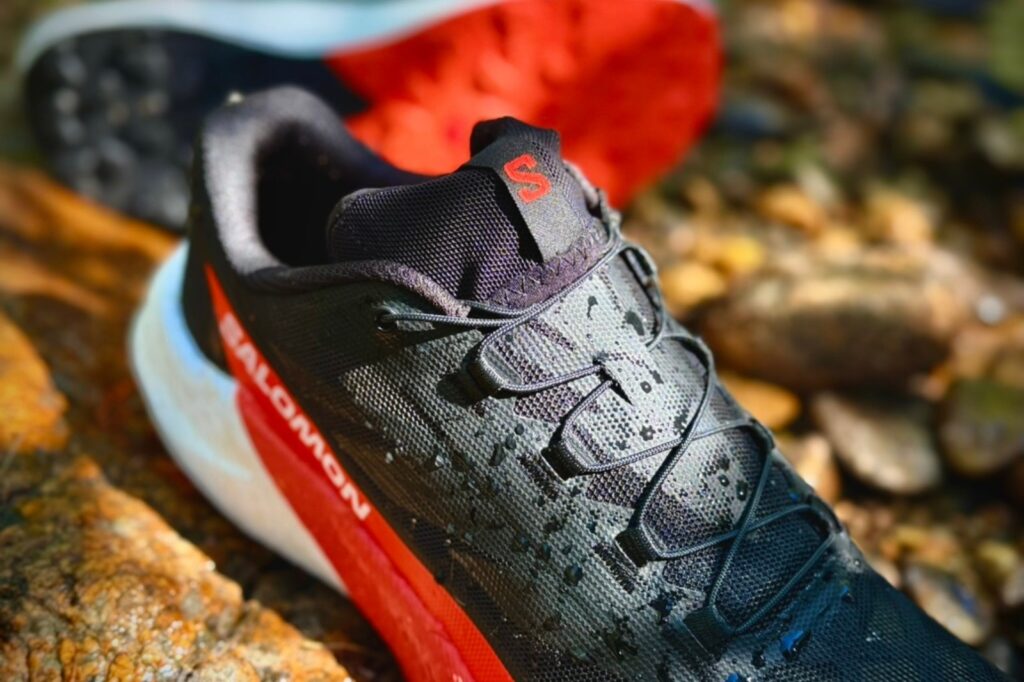
It was the shoe that really opened my eyes to the ever-broadening trail running market.: the Salomon Sense Ride. It was an all-around trail runner, for sure, with a versatile twist. We may even be able to call this the beginning of door-to-trail shoes.
I bring this up because the shoe in question is precisely what the new Salomon Pulsar reminds me of. Not only does it look similar, but I believe the ethos behind the design is the same.
The Salomon Pulsar comes in as the base, or training, companion to the Salomon S/Lab Pulsar 4. Like many models within the Salomon ecosystem, there are a few commonalities that wearers will appreciate while being different enough to focus on the demands of more versatile training and racing.
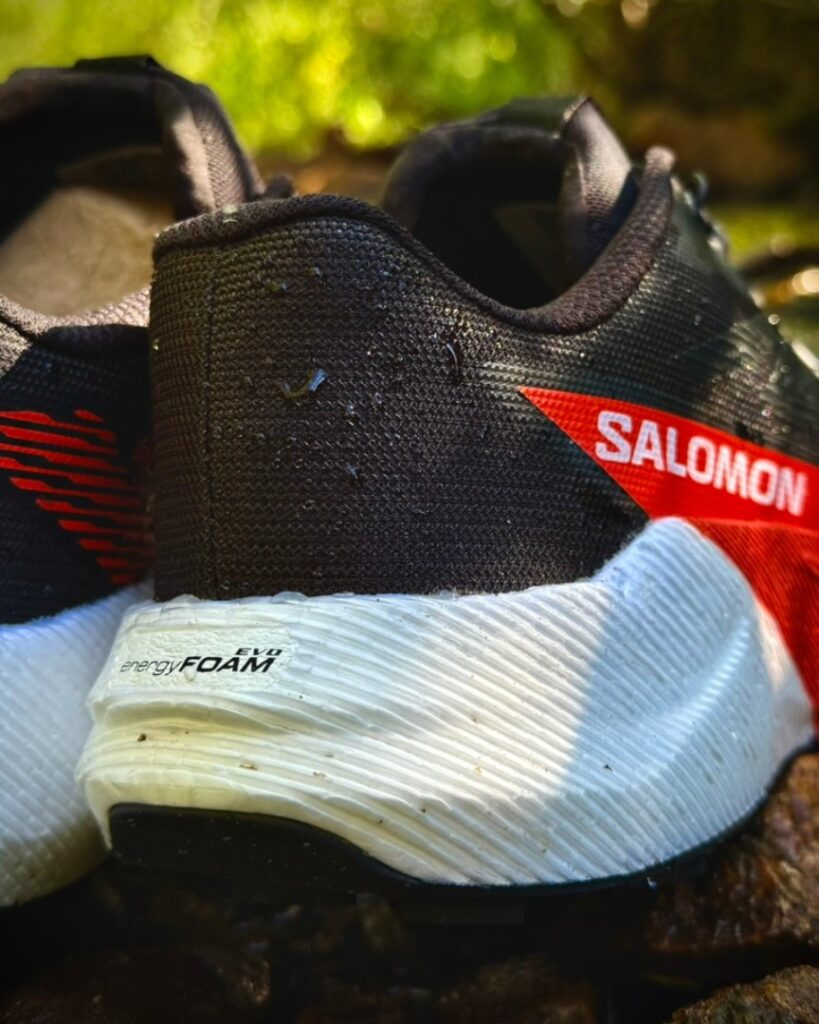
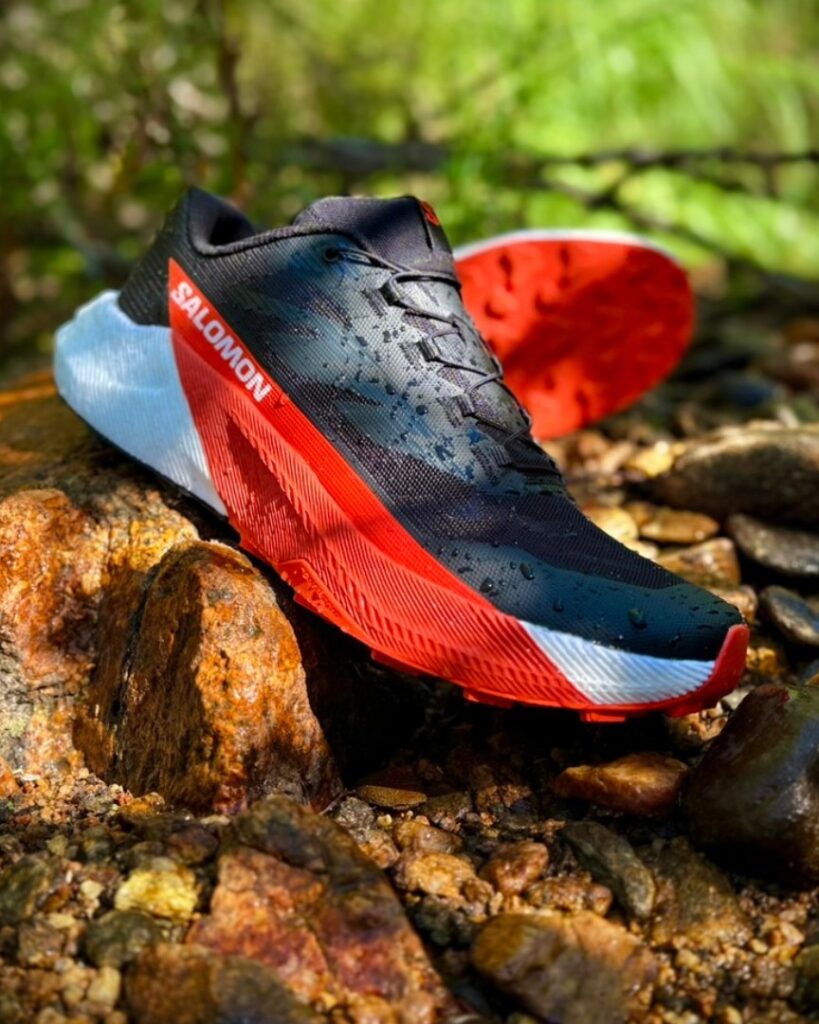
TAYLOR: Whether it’s because of nostalgia or because the shoe was just that good, I do really like how the new Pulsar reflects the Sense Ride series (now discontinued). It’s a subtly versatile package with a moderate stack of foam underfoot, which is honestly refreshing compared to the mass amounts of max-cushion shoes on the market.
At a 30/24 mm stack, this lands right in that moderate category. The Energy Foam Evo is a supercritical eTPU foam, similar in build to the Salomon Aero Glide 3 GRVL, Aero Blaze 3 GRVL, and Craft Xplor 2, all of which have a softer propensity, allowing for a true sense of cushion.
Because the midsole in the Pulsar was denser, similar to the Icebug Järv RB9X, it provided a higher level of protection than expected, along with light energy return and a pseudo-old-school sensation in terms of functional ground feel.
While rockers are all the rage, the Salomon Pulsar had a much more subdued one. Again, this made the Pulsar remind me of the Sense Ride series.
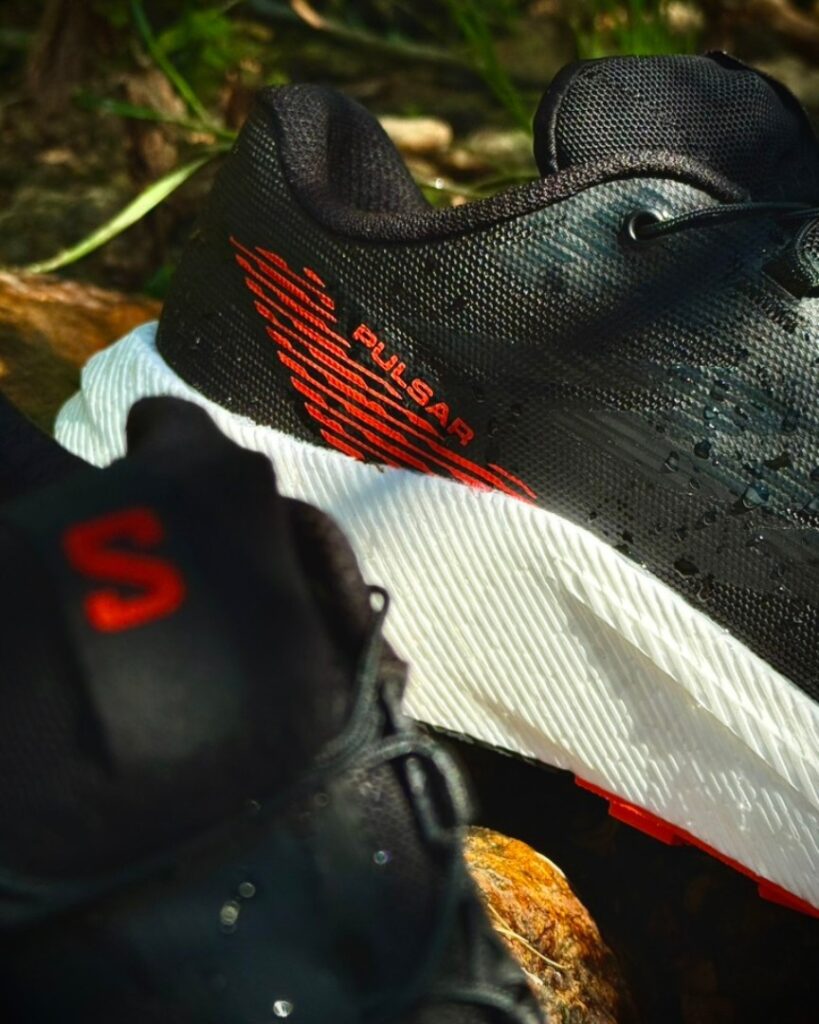
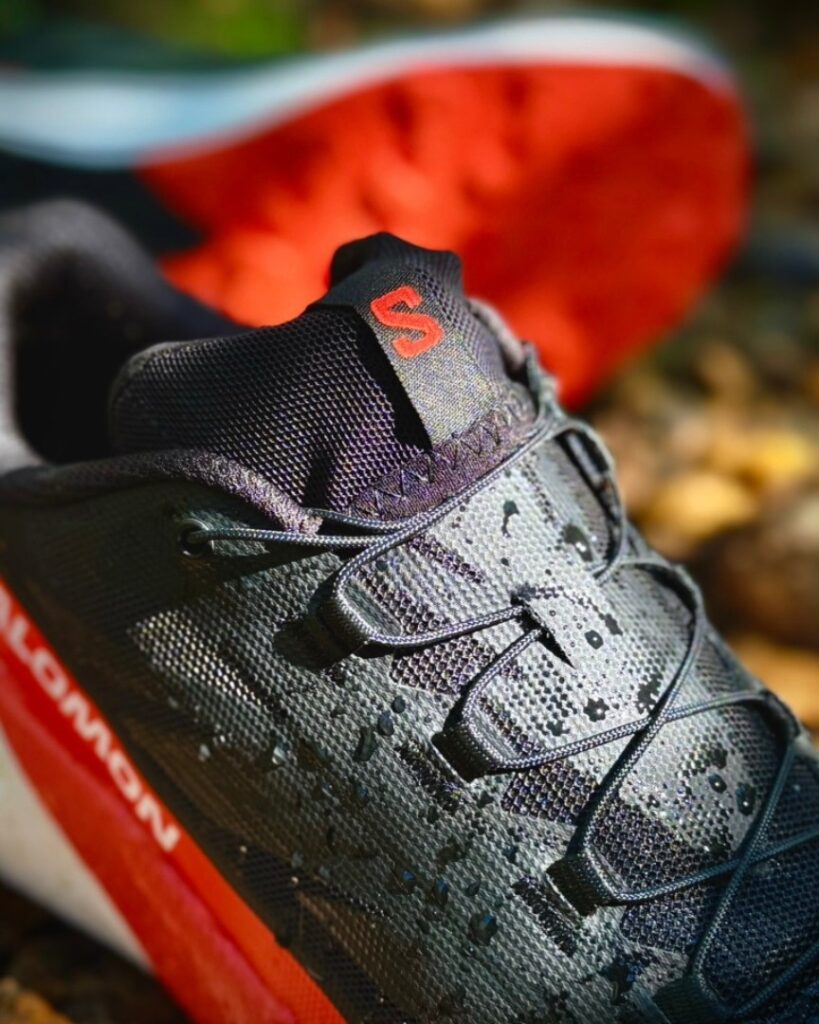
The combo made for a smooth enough ride for traversing less technical terrain in a satisfactory manner, and was able to handle more technical terrain without concern. Although it was a fairly neutral ride, I never felt unstable. Like the S/Lab Pulsar 4, the Salomon Pulsar was also more keen on the moderate level of technicality, though.
This was partly due to the classic Salomon fit. Overall, it was pretty reminiscent of the Salomon Genesis and S/Lab Pulsar 4, which were on the slimmer end of the spectrum and hugged the foot closely. Salomon’s inner (Endofit) and outer (Sensifit) web of reinforcements ensured security. The heel felt slightly more relaxed but remained secure because of the classic Salomon Quicklace system and well-structured heel collar construction.
The entire upper is made of a technical engineered mesh and boasts another comfortable liner. Overlays run around the toebox and through the rim of the midfoot. Add to that the more dense foam, which has retained all of its characteristics throughout my testing period, and an outsole that shows no wear either. All of this adds up to being quite a durable option.
At $140, I feel that the Salomon Pulsar is a solid training option or a one-shoe quiver that can do pretty much anything you ask of it.
Shop The Shoe - Men Shop The Shoe - Women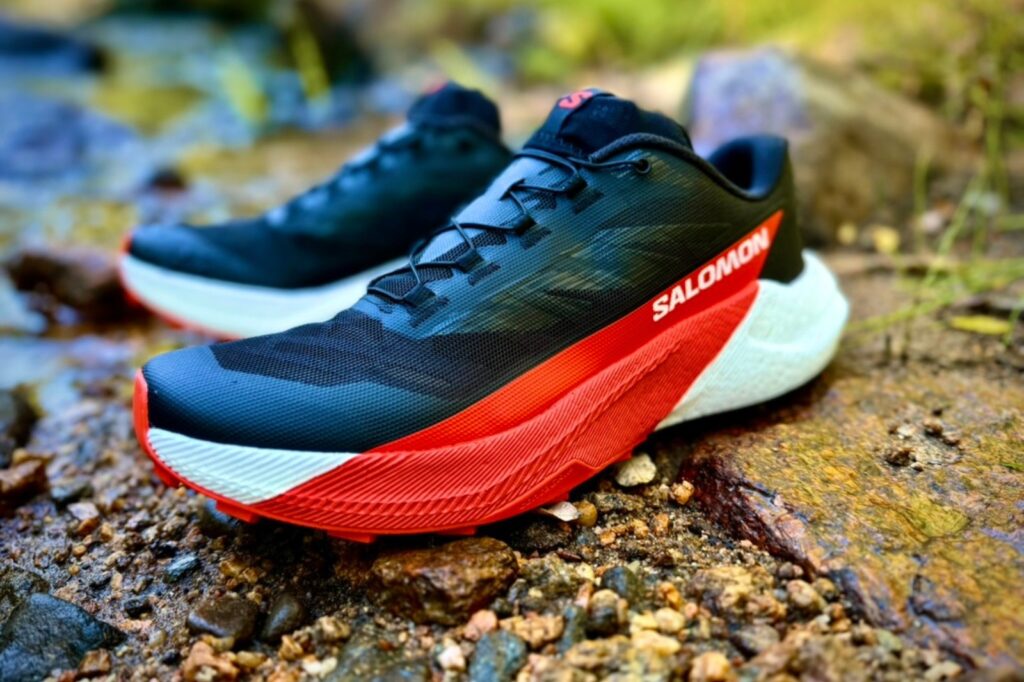
TAYLOR: There’s an interesting dilemma occurring within Salomon. It has definitely siloed its fits and made them more consistent across shoes. We have the more generously fitting Ultra Glide and Aero GRVL series on one end, the Genesis series in the middle, and the Pulsar series on the other end.
I really appreciate how these options are becoming more predictable in terms of fit and performance. The issue I have encountered is that, for me, the Pulsar (along with the standard Genesis and S/Lab Pulsar 4) has a peculiar pinch toward the forefoot. This could very well be my own anatomy, but the construction of the toe box is unique to these shoes. Some will really enjoy the security it provides. I didn’t mind it too much after I got used to it, but those with a wider forefoot or those who have more volume may be turned off by it.
Another common theme among many Salomons lately has been a very “meh” outsole performance. While I do think durability has increased for the brand, the flat lug design of the Pulsar and S/Lab Pulsar 4 simply doesn’t hold up when it’s needed most. The outsoles are more versatile, allowing for comfortable running on roads and smoother sections, but they were unsatisfactory in any sort of moisture on trails.
Shop The Shoe - Men Shop The Shoe - Women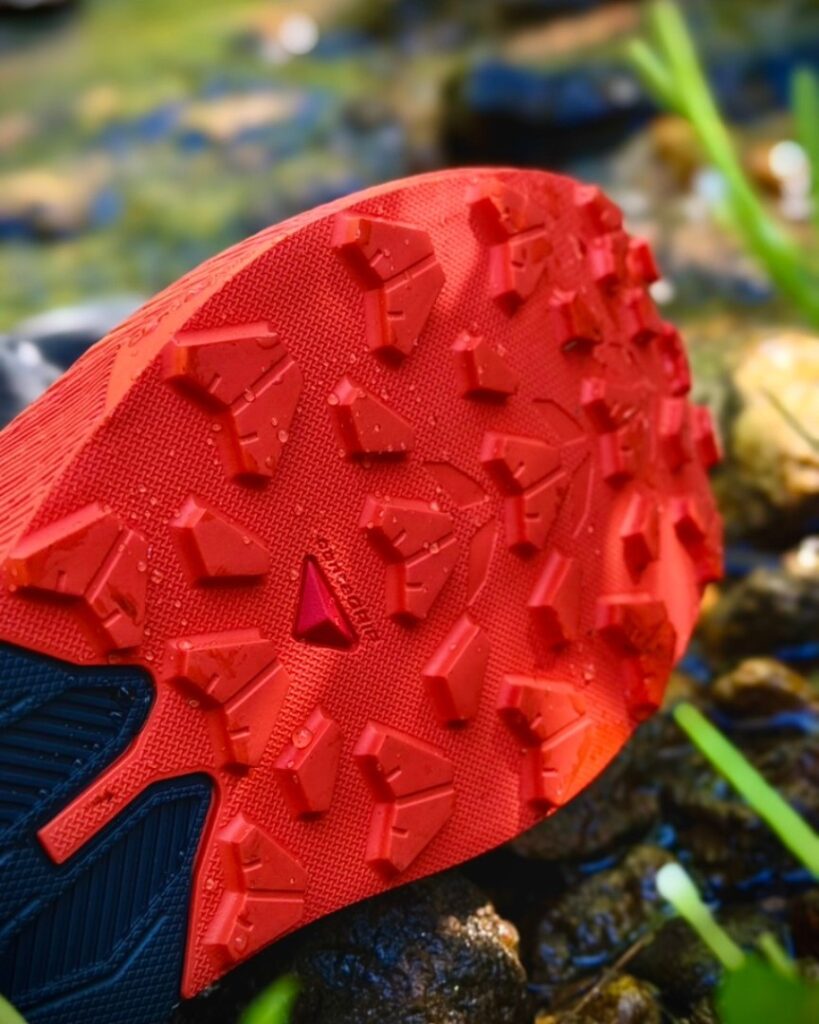
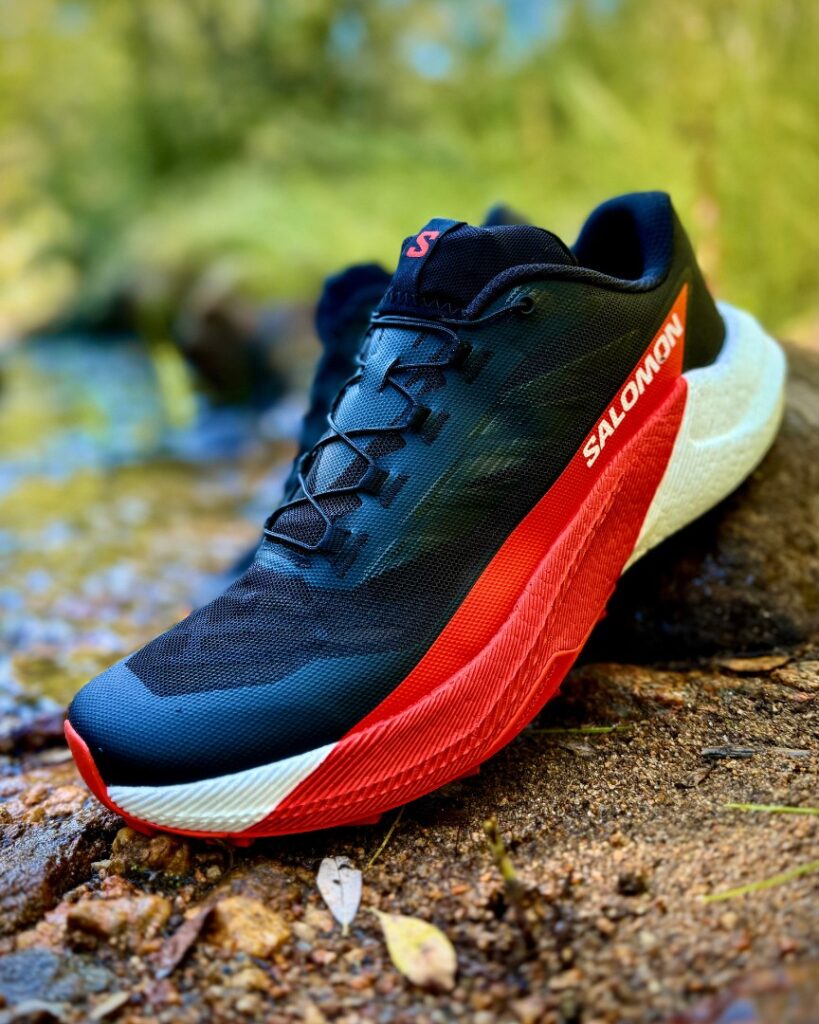
TAYLOR: For me, the Salomon Pulsar strikes a nice enough balance to be an adequate do-it-all type of trail shoe. If you prefer a borderline old-school sensation where a secure fit is the focus, the midsole has some character, and a connection to the ground matters, the Salomon Pulsar could be for you.
As mentioned, if you’ve enjoyed the Salomon Sense Ride series, know that the Pulsar is really that with more comfort via the very modern midsole and more structured upper (like v1). It also reminded me of a much more secure and durable version of the Arc’teryx Norvan LD 4.
While there might be some potential fit and grip issues, at $140, the Salomon Pulsar is one of the more budget-friendly yet performance-positive shoes on the market. And, yes, it does complement its high-performance counterpart, the Salomon S/Lab Pulsar 4, enough to consider it as a training companion.
You can pick up the Salomon Pulsar for $140 from Running Warehouse (featuring free shipping and 90-day returns) by using the buttons below.
Shop The Shoe - Men Shop The Shoe - WomenHave something to say? Leave a Comment

Taylor Bodin is a trail and ultra runner living in Estes Park, Colo., with his wife and daughters. As the head of the Dirt Division at Believe in the Run, trail running is pretty much the only hobby he can manage right now and loves it. Every so often, he will pop off a race or FKT attempt because competition is pure and the original motivator for him getting into running anyway.
More from Taylor